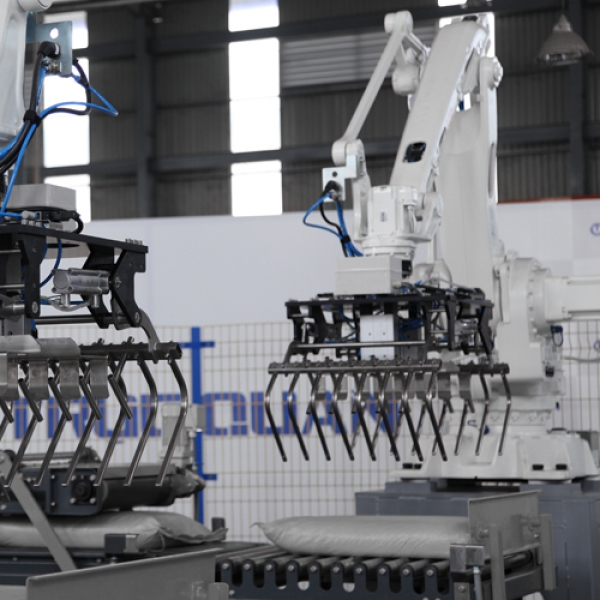The origins of the machinery and equipment industry can be traced back to the Industrial Revolution, when the invention of steam engines, textile machinery, and other mechanical tools dramatically transformed the way goods were produced. This period marked the beginning of mass production and mechanization, which replaced manual labor and traditional methods with machines that could perform tasks more efficiently and consistently.
Today, the machinery and equipment industry encompasses a wide range of products and services, from basic hand tools to complex, highly automated systems. As industrialization continues to evolve, the demand for advanced machinery and equipment has grown, leading to the development of cutting-edge technologies such as robotics, artificial intelligence (AI), and the Internet of Things (IoT). These innovations are driving the fourth industrial revolution, also known as Industry 4.0, which focuses on smart manufacturing and the integration of digital technologies into production processes.

One of the most prominent sectors within the machinery and equipment industry is manufacturing machinery. This includes machines used in the production of goods, ranging from consumer products to industrial components. Examples of manufacturing machinery include:
CNC Machines: Computer Numerical Control (CNC) machines are automated devices that control tools such as lathes, mills, and routers. CNC machines have revolutionized the manufacturing industry by providing precision, speed, and flexibility in producing complex parts and components.
3D Printers: Additive manufacturing, or 3D printing, has gained significant traction in recent years. This technology allows for the creation of three-dimensional objects by layering materials based on digital designs. 3D printing is being used in industries such as automotive, aerospace, healthcare, and consumer goods, enabling rapid prototyping, customization, and cost-effective production.
Assembly Line Machinery: Automated assembly lines are a hallmark of modern manufacturing. These machines are designed to perform repetitive tasks such as assembling, packaging, and inspecting products. Automation in assembly lines improves efficiency, reduces labor costs, and ensures consistency in product quality.
The construction sector relies heavily on machinery and equipment to carry out large-scale projects efficiently and safely. Key types of construction equipment include:

Excavators: Excavators are versatile machines used for digging, trenching, and earthmoving. They come in various sizes and are equipped with different attachments to handle tasks such as demolition, material handling, and grading.
Bulldozers: Bulldozers are powerful machines used for pushing large quantities of soil, sand, and debris. They are commonly used in road construction, mining, and land clearing.
Cranes: Cranes are essential for lifting and moving heavy materials on construction sites. Tower cranes, mobile cranes, and overhead cranes are commonly used to transport materials vertically and horizontally across a job site.
Concrete Mixers: Concrete mixers are machines used to mix cement, aggregates, and water to create concrete. They are crucial for construction projects involving foundations, roads, bridges, and buildings.
The agricultural sector has experienced significant advancements due to innovations in machinery and equipment. Modern farming relies on a variety of machines to increase productivity, reduce labor, and improve crop yields. Key agricultural machinery includes:
Tractors: Tractors are the workhorses of the agricultural industry. They are used for tasks such as plowing, tilling, planting, and harvesting. Modern tractors are often equipped with GPS and autonomous driving capabilities, allowing for precision farming.
Combine Harvesters: Combine harvesters are essential for harvesting grain crops such as wheat, corn, and rice. These machines combine three key harvesting operations—reaping, threshing, and winnowing—into a single process, significantly reducing the time and labor required.
Irrigation Systems: Efficient irrigation systems, such as drip irrigation and center-pivot irrigation, play a crucial role in water management and crop growth. These systems ensure that crops receive the right amount of water, improving yield and reducing water waste.
Technological advancements continue to reshape the machinery and equipment industry. Three key innovations that are transforming the sector include: